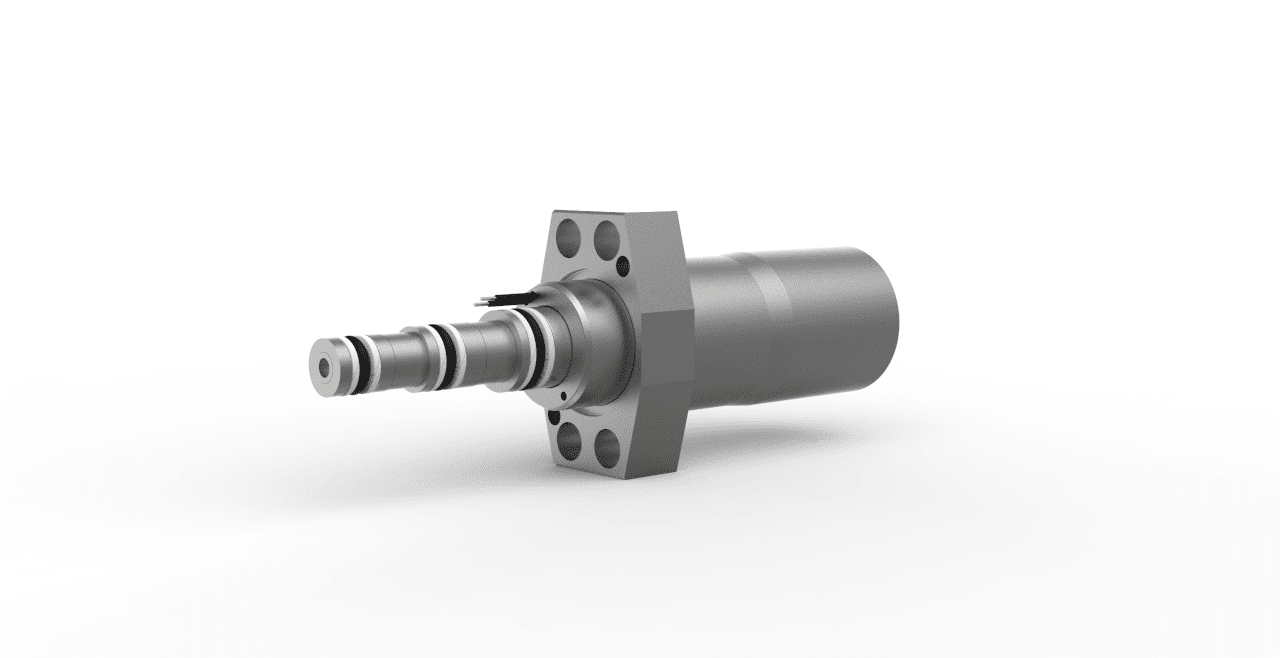
For years, Lisk has manufactured customized valves for several markets from aerospace to commercial vehicles to oil and gas. Lisk engineers a variety of valve types for oil and gas applications including solenoid valves, pilot operated control valves, pressure relief valves, check valves, direct operated control valves, pilot operated relief valves, shuttle valves and more. Each valve is engineered to meet the customer’s specific application requirements.
Below, John Kraeger, Lead Engineer (Oil & Gas) shares his insights on Lisk’s oil and gas solenoid valve solutions.
-
A: Lisk started producing solenoids and valves for the oil and gas market about 15 years ago. It was a natural progression for Lisk with our extensive background in the aerospace industry. Both industries require extreme reliability, have harsh environmental requirements, and our valves for both share similar architectures so its made sense to get into the oil and gas valve business.
-
A: Lisk has valves operating in subsea, downhole, and hazardous location topside environments. We also have valves that are exposed to sour gas environments. Temperatures can be up to 150°C and external pressures up to 15,000 psi all in an H2S (Sour gas) environment. Lisk has extensive knowledge in the use of a variety of materials to survive in harsh environments. We are also familiar with NACE requirements for corrosion resistance.
-
A: Lisk has been able to design the valve in a way that we’ve minimized components required for the magnetic circuit contact with the control fluid. Also corrosion resistant, magnetic stainless steels are utilized for those components that need to be magnetic and are in contact with any corrosive fluids. All other components can be made with NACE compliant materials. If the valve will be exposed on the outside to well bore fluid in down hole applications, we can utilize an electron beam welded outer housing made of NACE compliant materials to isolate the valve from the well bore fluid. So, while we cannot claim that the valve is truly compliant with NACE MR0175, we can achieve a very high level of corrosion resistance on the inside and outside of the valve.
-
A: Electrical current and overall size are directly related to flow and operating pressure. If you have a high pressure differential across the orifice of the valve and that orifice is larger due to high flow requirements, the solenoid force required to actuate the valve is going to be higher. That means more current is going to be required. It is always a tradeoff. If you can sacrifice some flow then we can also reduce the required current. If you need the flow but can sacrifice some pressure then we can reduce the current. A big part of designing the valves is finding the proper balance between those three things.
-
A: While higher pressures are achievable, we have designs that are currently capable of withstanding 15 ksi in service. The hydrostatic pressure they will withstand is related to the package space you have available. Higher external pressures will require thicker outer housing wall thicknesses to withstand that pressure. We have done a lot of FEA analysis and come up with ways to support the outer walls internally to reduce the required thickness in some cases. These designs are typically a little bit longer overall package but we have found that to be advantageous in downhole applications especially where diameter is at a premium but length is not so important. The most direct way to increase the allowable external pressure is still to increase wall thicknesses and therefore diameter.
-
A: The most straight forward way to control our solenoid valves is by using a constant current DC signal. Because the coil resistance of the solenoid will change with temperature, using a constant current supply will limit changes in valve performance across the operating conditions. With a fixed voltage, the coil will draw more current at low temperatures than at high temperatures. In that case, we have to design the solenoid to perform at the worst case high temperature with the understanding that it is going to draw more current than it really needs at the low temperature. If your application is going to use AC current we can incorporate a diode.
-
A: Lisk actually provides a wide range of valves. In addition to 2 and 3 way solenoid valves, we supply spool valves, pressure relief valves, proportional pressure relief vales, check valves, pilot operated check valves. Pretty much whatever control your hydraulic system needs we can provide.
-
A: Lisk valves have been used in many hydraulic control applications. Typical downhole use is for zonal control. Our pilot operated check valves have been used subsea on BOP’s to discharge accumulators. Our check valves have been used on chemical injection systems. Lisk also produces sensors. Our LVDT’s are used for well bore inspection systems.